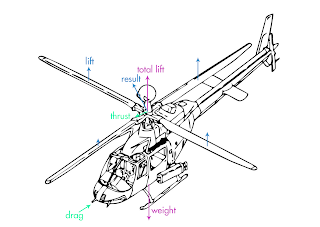For both personal and equipment safety, remember that objects made of metal are also conductors of electricity, and as such a short circuit draws maximum current leading to extreme heat and burning.
This means watches; rings, ear-rings, necklaces, cuff links and any other pieces of personal jeweler would put you in danger. If you are injured or cause damage to equipment because of your negligence, you will have to compensate for the damage caused to the equipment. Therefore it is good practice to remove such object before they become a hazard to yourself or equipment.
Caution notices are used throughout manuals, instructions and maintenance manuals to warn workers of certain processes or steps to follow in reaching the next assembly.
This will help you to
v avoid missing important processes in a complicated assembly
v warn you of a special process that must be performed
v Warn you of a previously carried out step of some importance in this string of events.
Remember accidents happen because we become over familiar with a process or from some unforeseen circumstance. Therefore observe warning, caution and any other signs in the maintenance of equipment and work practices.
CAUSES OF ELECTRICAL ACCIDENTS
v Unsafe equipment or insulation
v Unsafe workplaces
v Unsafe work practices.
Electric shock occurs when electrical energy (current) flows through the body. The amount of current depends on the voltage supplied and the resistance it meets. The effects of electric shock can range from a slight tingling sensation through to death.
ELECTRIC SHOCK CAN CAUSE
v Internal bleeding
v Destruction of tissues
v Destruction of nerves and muscles
v Respiratory arrest (breathing stops)
v Asphyxia (suffocation)
v Irregular heart beat
v Death














































